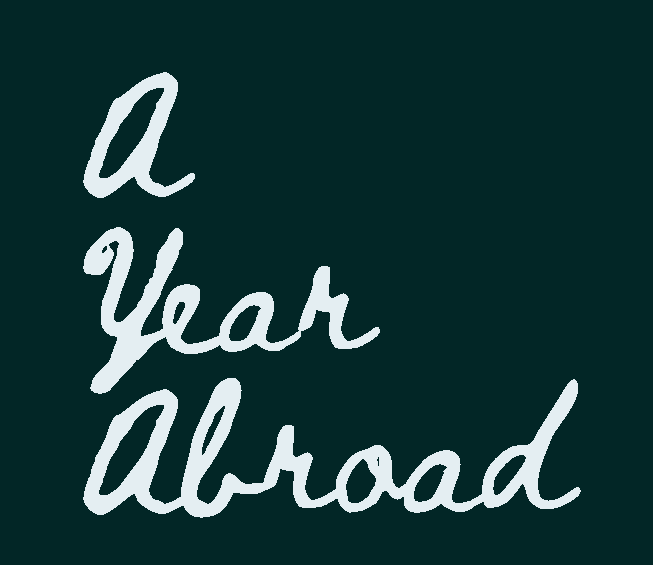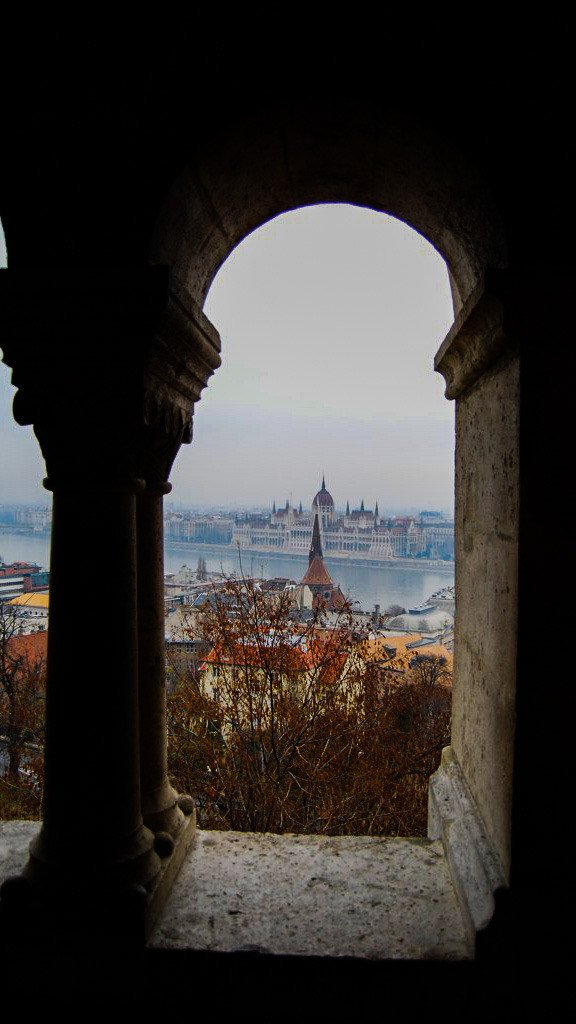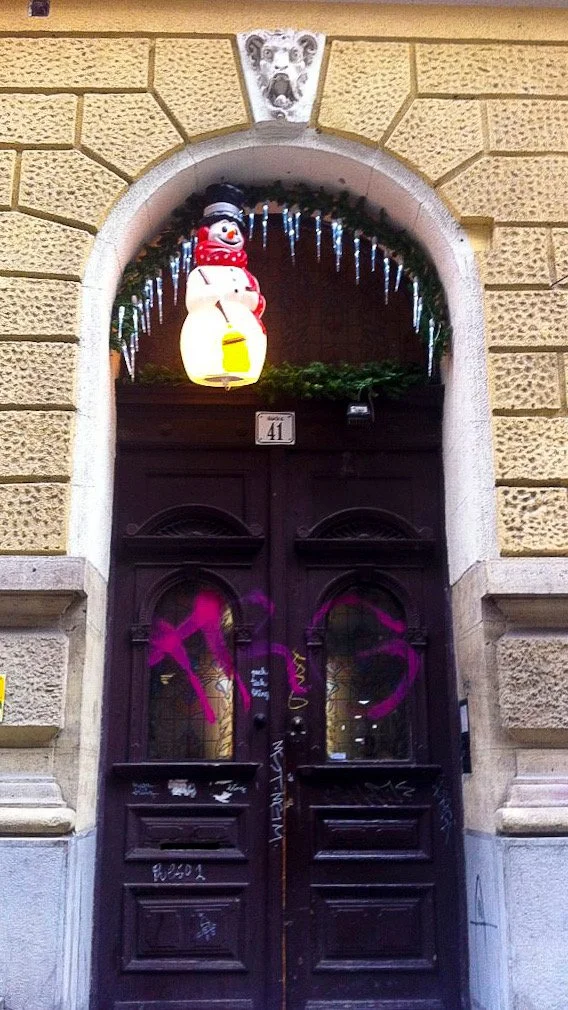Budapest: A very European Christmas
Ten years ago I spent Christmas with friends in the enchanting city of Budapest. As I pass this yuletide avoiding the omicron variant, it feels like a good time to revisit happier holidays.
First, the obvious. Budapest is an impressive city. There’s a beautiful blend of buildings from the Baroque, Gothic, Renaissance and Romanesque eras. Think Paris but without the Eiffel tower and with fewer tourists. Add in relatively mild temperatures, sweet smells of spices and chimney cakes, and twinkle lights aplenty … it’s a recipe for a magical time.
If you’re dreaming of Christmas abroad – or just want to imagine a time when COVID-19 wasn’t stressing you out – read on for what makes the holidays in Budapest special:
The Christmas market at Vörösmarty tér.
Christmas markets. Delicious food, handmade crafts, rosy faces … turns out if you live somewhere it’s not regularly -30°C, you can enjoy outdoor markets year round. Two worth experiencing are located at Vörösmarty tér and St Stephen’s Basilica.
Light and projection shows. There’s beautiful displays littered throughout the city streets which makes wandering around enjoyable. The loveliest dance on the building façades once the sun sets.
Szechenyi Thermal Bath. This warming bath complex is particularly stunning in the winter as the steam floats through the Neo-baroque palace. There’s a total of 15 indoor baths and three large outdoor pools to soak in while enjoying the 100+ year old palace.
Forralt Bor. Mulled wine is pretty wonderful no matter where you go, but it seems to have a little extra bite in Budapest. And it’s readily available all throughout city centre for a quick, boozy warm up as you do your Christmas or souvenir shopping.
Christmas concerts and a Danube river cruise. A mix of locals and tourists dress up and gather for an orchestral concert at the Danube Palace. Then take the short walk to the Danube for a traditional Hungarian meal on the river. The view of the iconic parliament building lit up and seen from the water is worth the ticket price alone.
Opened in 1904, the Hungarian Parliament building is the third largest parliament building the world and is just a tad impressive.
Budapest provides the charming European Christmas you’ve seen in Hallmark movies but it feels genuine — not like it’s all just a show for the tourists. Of course, there’s more to see all year round, like:
The Labour Movement Mausoleum at Kerepesi Cemetery.
Kerepesi Cemetery. A great way to learn about the country’s history to spend some time in this well-maintained cemetery. Between the famous residents (my fav is Zsa Zsa Gabor), the Workers’ Pantheon, the mausoleums, arcades, and Google, you’ll be up to your neck in fascinating stories about bygone times. A cemetery stroll is a good option for Christmas day when not much else is open.
Memento Park. After the fall of communism, the city of Budapest shipped its old public art pieces outside of the city centre to Memento Park. There you’ll find statues of workers, Lenin, Marx, Engels, and even an old baby blue Trabant. I often think back to this park as a potential model for how statues of John A MacDonald and other colonizers could be treated in Canada. Not in a place of honour or reverence but in a place of learning outside of daily life.
Shoes on the Danube. These iron shoes on the bank of the Danube were created in memory of people who were shot into the river by Arrow Cross militiamen (a national socialist Hungarian-nationalist party) from 1944-45. It’s an intense experience to stand there on the river’s edge and reflect on these crimes (and the transition to an authoritarian state Hungary has seen in recent years).
Vajdahunyad Castle. It was original built of wood and cardboard for the city’s millennium exhibition in 1896. But it proved so popular it was rebuilt in stone and brick. And it’s right beside Europe’s largest natural ice rink. So, if skating is your thing, make a day of it and rent some skates for $10 CAD (plus another $10 deposit).
Castle District. Great views over the Danube, the Hospital in the Rock museum, the Fisherman’s Bastion, Castle museum — there’s a ton to see here. Plus, you can access the area using a rickety funicular!
Know before you go:
Hungarian is “rumoured to be the only tongue in the world the devil respects” and I get why. I’ve studied English, French, German, Spanish, Portuguese and Japanese to varying degrees over the years and I couldn’t find anything in those language to help me with Hungarian. But the Hungarian folks I encountered seemed to appreciate any effort I put in to speaking their tongue – so it’s worth a try! I had good luck with HungarianPod101. (Though I’m sure Duolingo would be good too).
The winter climate in Budapest is not nearly as harsh as the Canadian prairies, but it is damp. Plan for -2°C to 4°C and bring layers!
If you want a real/live Christmas tree, don’t delay! We waffled on buying one and missed out entirely.
Palinka is a traditional Hungarian spirit and whoa boy is this fruit brandy strong (and not particularly flavourful or good) proceed with caution!
xx Rachel
View of Buda and Pest from the Castle District.
The open-air museum known as Memento Park has 41 pieces created between 1945 and 1989, including this Liberation Army soldier from 1947.
We visited the Szechenyi thermal baths the morning of Dec. 24 — a great way to start Christmas eve.
Budapest also has a quirky and edgy side that isn’t sanitized for tourists - I like that.








